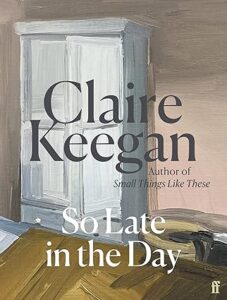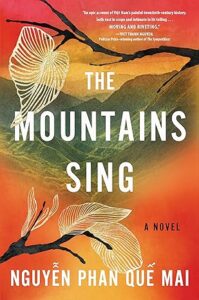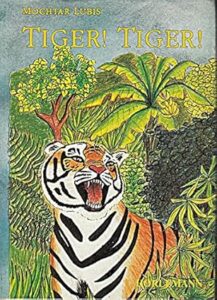What could immerse the reader better in the story world and give a clearer view of it than a narrator from within that world? That narrator isn’t necessarily a person; it can be an inanimate object, and we see this abundantly in picture books.
But merely starting a story with, “Hi, my name is [object name],” wouldn’t truly be from that object’s point of view. The narrator should bring the reader into the shoes of that object—its feelings, thoughts, and characteristics. I imagine this as tying a special camera to the object, showing the world through that camera’s lens, and revealing the thoughts of the object as well. And this is anything but easy!
In I’m Terrified of Bath Time, the narrator is an inanimate object: the bathtub. An unobvious choice, isn’t it?
This book is a superb example of how an inanimate narrator thinks. Turning on the tap is “twisting my eyeballs,” water coming out of the tap is described as “shooting water out of my nose,” and there’s even dialogue between the bathtub and the sink! This narrator draws the reader into a world we rarely think about.
Be careful: if the narrator zooms in on an object and narrates its feelings and observations, it is not an inanimate narrator. It’s a third-person POV focused on that object. This isn’t just a matter of classification. It matters because you need to know exactly who the narrator is and how much access it has to the feelings and thoughts of characters and objects.
I hope reading this blog post has given you new ideas. See you tomorrow for Day 9. If you would like to read these 40 craft lessons on WhatsApp, please join the channel. More blog posts on picture book craft are available on PictureBookPedia.




